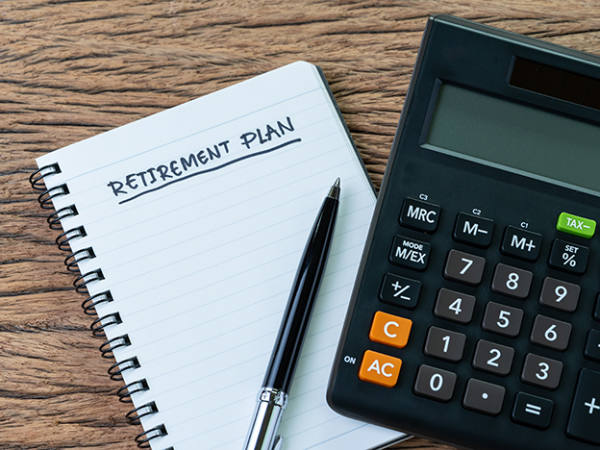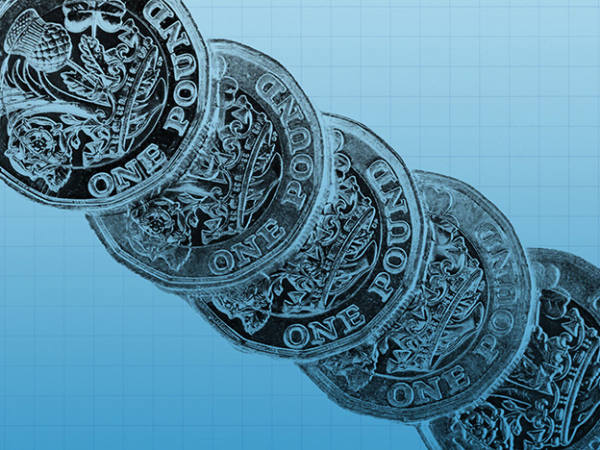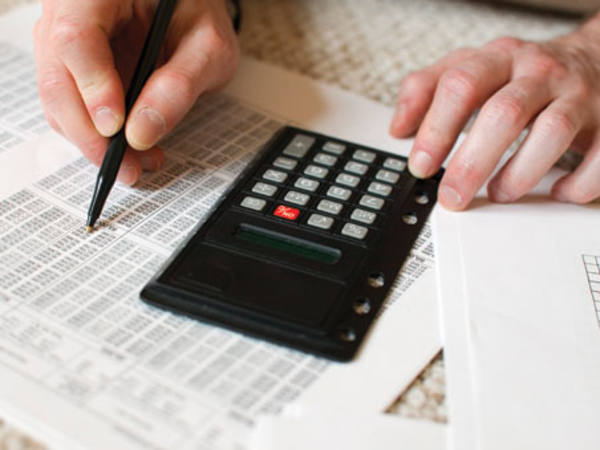- If you have started to draw from a final-salary pension it might make sense to contribute to another pension if you are working
- You should prioritise workplace scheme contributions over Sipp contributions to get employer contributions
- But there may be lower limits on what you can contribute
‘I’m receiving a DB pension – can I keep saving into my personal one?’
You can keep paying into a self-invested personal pension (Sipp) after you have accessed a workplace pension, although must be under age 75 to qualify for tax relief on contributions. It can make sense if you're still working and have a final-salary pension scheme that has started paying out, particularly if any increases you receive in income for delaying taking the pension don't make financial sense. Some public sector schemes start paying out at age 55, but people often continue working in other jobs after they have left their public sector roles.
Paying into a Sipp after you have started to take another pension can provide additional funds after your death to partners and spouses (see box below). Pension contributions receive tax relief at your marginal income tax rate in areas of the UK other than Scotland.
However, there are limits to what you can put in, depending on your circumstances. You might be able to contribute up to £60,000 a year or the value of your taxable earned income, whichever is lower. However, bear in mind employer contributions also count towards this limit and if you are employed and earn more than £10,000 a year, your employer is obliged to pay into a pension for you. If you don’t have any taxable earnings because, for example, you have retired, the most you can put into your pension and receive tax relief on is £2,880 a year, which increases to £3,600 following the 20 per cent tax relief.
<box out>
How paying into a pension after retirement can help
David is 60 and Angela is 57. He has just retired and receives a DB pension of £55,000 a year, which more than meets both their financial needs. The pension is guaranteed for David’s lifetime and at least five years. Thereafter it reduces to 50 per cent of the value of David’s pension. Angela will receive the state pension and has a money-purchase pension worth £10,000.
David and Angela want to remain in their home. But if David dies before Angela she might have to sell it as her income will be insufficient to afford to live there.
Angela is a non-taxpayer but qualifies for 20 per cent tax relief on pension contributions. So each annual payment into her pension of £2,880 [the most she can contribute] is topped up with tax relief of £720. By saving £3,600 every year until she is age 75, she could have a fund worth £64,800, before any growth or charges, for a cost of £51,840.
If Angela dies before David, she has nominated her grandchildren to receive the pension fund. This money is outside her taxable estate, so they would be able to draw it tax-free if she dies before age 75 or as taxable income if she dies after 75.
Read more on retirement planning in our dedicated pensions section
The IC guide to pensions 2023
The different ways a pension can boost your savings
Five rules to follow when drawing your pension
How to build the perfect pension portfolio
Investment trusts to boost your pension
How to pick the right pension plan for you
‘I’m receiving a DB pension – can I keep saving into my personal one?’
<boxout>












